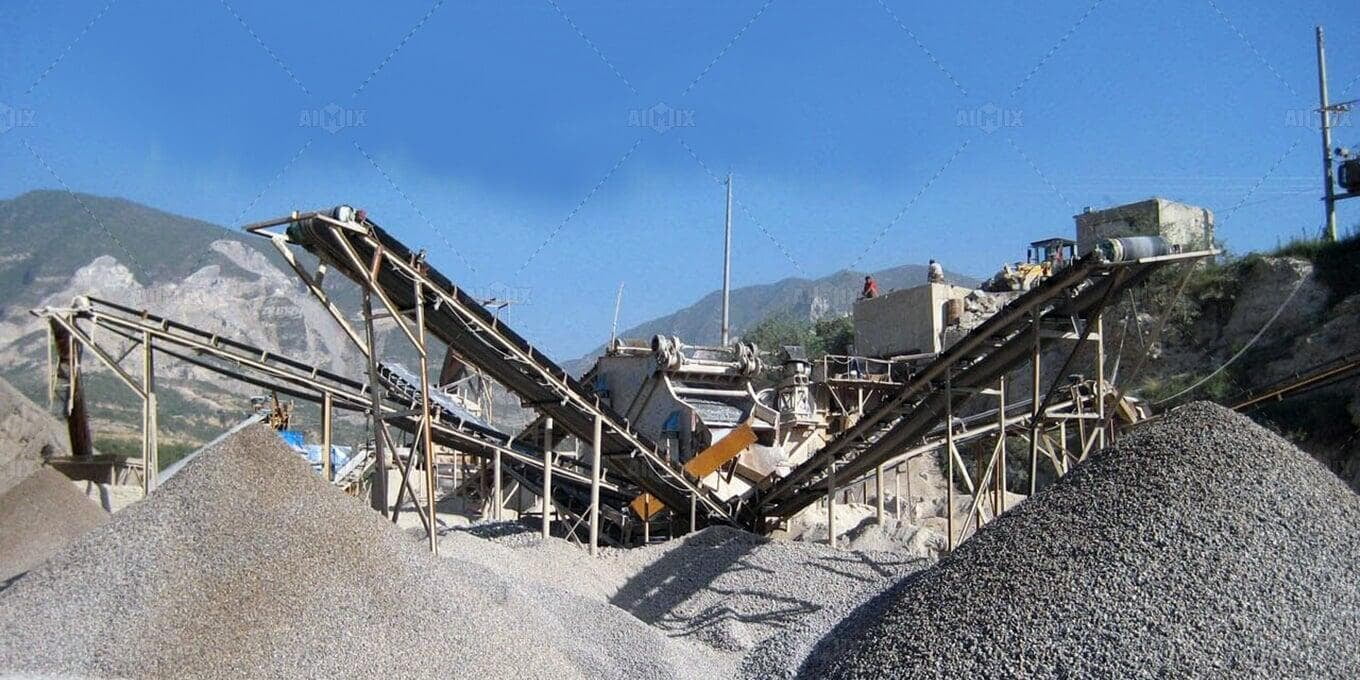A 100TPH crushing plant demands precision in equipment selection, as each crusher type plays a crucial role in determining the final aggregate quality. The primary crushing stage sets the foundation, while secondary and tertiary crushers refine the material to meet industry specifications. Choosing between jaw, cone, and impact crushers requires an in-depth understanding of their working principles, strengths, and limitations. The right combination ensures seamless production flow, minimal downtime, and cost-effective operations.
Understanding the Role of Crushers in a 100TPH Plant
The Significance of Crusher Selection in Production Efficiency
A 100TPH crushing plant must achieve a balance between throughput, product consistency, and operational efficiency. The crusher configuration directly impacts output quality, energy consumption, and maintenance demands. For example, a well-matched jaw and cone crusher pair offers a smooth reduction process, while an impact crusher introduces flexibility in material shaping.
Crushers operate at different speeds and reduction ratios, influencing the stone crusher plant’s overall productivity. A mismatch between crusher capacities can cause bottlenecks, leading to reduced efficiency and increased wear on critical components. Hence, selecting the appropriate crusher tailored to the material type and final product specifications is essential.

How Different Crushers Influence Material Output
Different crushers yield varying particle shapes and sizes, making their selection critical based on project requirements. A jaw crusher is ideal for producing coarse aggregates, while cone crushers excel at delivering uniform, well-graded output. On the other hand, impact crushers enhance particle shaping, making them ideal for high-value applications like road construction.
Understanding these differences helps operators configure a 100TPH plant to meet specific material demands, whether it’s producing base materials for construction or finer aggregates for concrete batching.
Jaw, Cone, and Impact Crushers: A Comparative Analysis
Crushing Mechanisms and Material Handling Capabilities
Jaw Crushers: Function as primary crushers, handling large, abrasive materials with high compressive strength. The jaw crusher for sale operates through a simple yet robust crushing mechanism, where a fixed and moving jaw exert force on the material to break it down.
Cone Crushers: Typically used in secondary and tertiary stages, they operate through a gyratory movement, crushing material between a mantle and concave liner. This method ensures uniform output and superior particle shape.
Impact Crushers: Utilize high-speed rotor impact forces to fracture materials. They are highly effective in processing softer to medium-hard materials, producing cubical aggregates with minimal internal cracks.
Strengths and Limitations in 100TPH Configurations
Jaw Crushers
Strengths: Excellent for primary crushing, capable of handling large feed sizes and abrasive materials.
Limitations: Produces irregularly shaped aggregates, requiring further refinement.
Cone Crushers
Strengths: Ensures consistent product sizing, efficient for medium to hard materials.
Limitations: Requires precise calibration to avoid excessive fines production.
Impact Crushers
Strengths: Ideal for shaping aggregates, reducing the need for additional processing.
Limitations: Higher wear rates, leading to frequent maintenance and increased operational costs.

Choosing the Right Crusher for Optimal Performance
Factors Influencing Crusher Selection
The type of raw material, final product specifications, and site conditions dictate crusher selection. Harder materials like granite or basalt favor jaw and cone crushers, while limestone and softer stones are well-suited for impact crushers. Additionally, the desired output shape plays a crucial role—cone crushers produce uniform gradation, whereas impact crushers generate highly cubical aggregates.
Other factors include:
Capacity Requirements: Ensuring each crusher complements the plant’s 100TPH throughput.
Operational Costs: Evaluating fuel consumption, maintenance schedules, and wear part longevity.
Space and Mobility: Considering whether a stationary or mobile configuration better suits the project.
Balancing Efficiency, Cost, and Operational Requirements
A well-structured 100TPH plant typically combines jaw, cone, and impact crushers for optimal balance. A jaw crusher as a primary unit, followed by a cone crusher for refinement, and an impact crusher for final shaping, ensures cost-effective, high-quality production. Operators must weigh initial investment costs against long-term productivity, ensuring their chosen crushers align with operational goals.
By selecting the right combination, plant managers can maximize efficiency, reduce operational costs, and meet diverse material specifications with ease.

